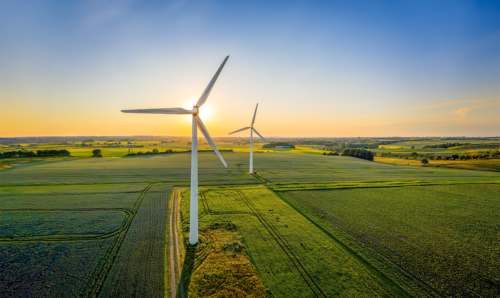The very rocky horror show
Departments Research impact and institutes 6th September 2018
When an event is known as the ‘Great Dying’, you know it’s fairly serious – as in, the end of almost all life on Earth serious.
That was the extent of the damage wrought by the End-Permian Extinction, which wiped out 70 per cent of species on land and up to 96 per cent of all marine life. Even insects, frequently held up as the great survivors, felt the impact. In fact, the Great Dying is the only known incident of mass insect extinction. So what caused it?
Over the years, scientists have put forward a number of suggestions for the root cause of the event. Likely culprits have included meteor strikes, the breaking up of continents, or a massive release of methane gases from the ocean floors.
The guilty party
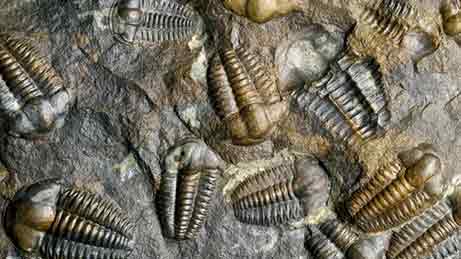
Now, scientists from the School of Earth and Environmental Sciences at The University of Manchester, working alongside researchers at the universities of Oxford and Tennessee, have put forward an explanation – and the culprit is a little closer to home than you may think.
According to the research, published in Nature Geoscience, the destruction of the Earth’s ozone layer is the most likely root cause of the extinction.
As part of the Earth’s atmosphere, the ozone layer absorbs the majority of the ultraviolet radiation that reaches us from the sun. Without it, the planet would be blasted with deadly levels of radiation – with devastating results.
But what caused such extensive damage to the ozone layer 252 million years ago? After all, it wasn’t as though trilobites were guilty of using too much spray-on deodorant.
The team suggest that colossal eruptions lasting two million years from a large volcanic region known as the Siberian Traps resulted in huge volumes of halogens – a group of elements that includes chlorine and fluorine – escaping from beneath the planet’s surface. In such large quantities, they rose up into the atmosphere and destroyed the ozone layer.
Without this protective layer, the creatures inhabiting Earth at the time suffered genetic mutations and infertility before eventually dying out.
Deadly chain reaction
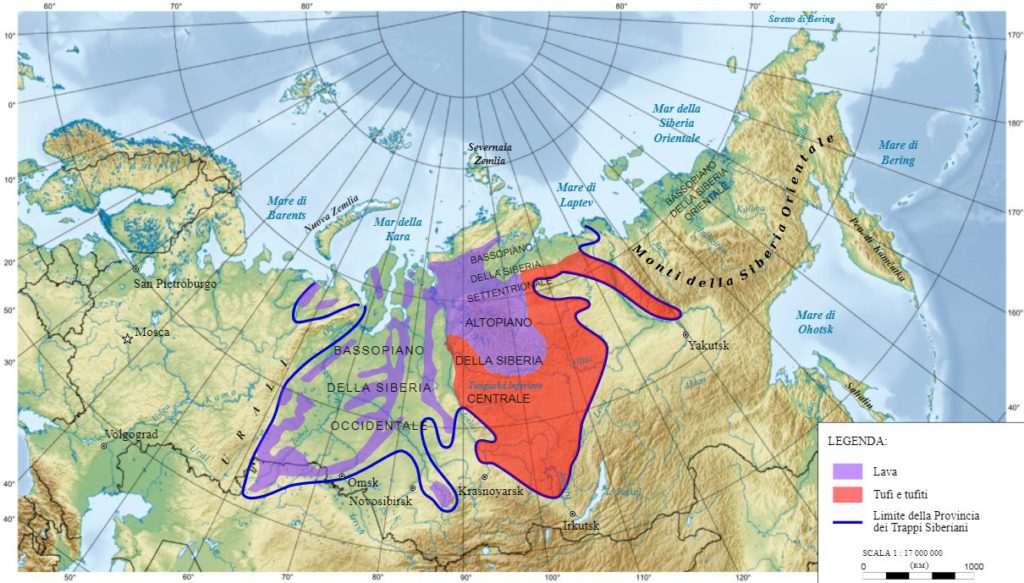
It has long been suspected that the volcanic eruption that resulted in the formation of the Siberian Traps (pictured above) was a factor in the Permian-Triassic extinction. This was confirmed recently by precise rock analysis that showed the volcanic events closely matched the timeline of the extinction.
However, the specific volatile element that was released by the eruptions and caused the demise of the ozone layer remained a mystery. The amount of volatiles scientists expected to be released by the eruption of the Siberian Traps would simply not have been enough to cause the scale of atmospheric disaster necessary to prompt the Great Dying without another factor being at play.
Now, for the first time, scientists have accused halogens of being the guilty party. During the outpouring and cooling of basalt lava during the eruptions, huge volumes of halogens rocketed to the Earth’s surface in volcanic mantle plumes, which eroded the lithosphere – the rocky outer layer of the planet.
Rock bottom
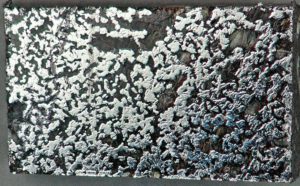
By examining rocks from the deepest depths of the Earth’s shell, the team saw that, prior to the extinction event, the lithosphere had high halogen levels. This was caused by the subduction of the tectonic plates, where one plate moves under another and is forced into the Earth’s mantle.
This descending plate soaks up seawater and carries it down to the mantle layer, where the water heats up and rises back to the lithosphere, only to get trapped at the base.
Seawater contains most of the Earth’s halogens, meaning this process is the most likely explanation for these rocks being enriched with such high levels of the elements.
However, examination of the rocks revealed that halogen levels dipped dramatically following the eruption of the Siberian Traps. This drop provides evidence that the halogens were released into the atmosphere in huge quantities, where they broke down the ozone layer piece by piece. And because the eruptions went on for hundreds of thousands of years, the atmosphere was given no chance to recover. The result was the almost total loss of life on Earth.
Luckily for us, the ozone layer and the planet recovered from this millennia of hell fire. But there’s a relatively new threat to the atmosphere – us.
In a hole
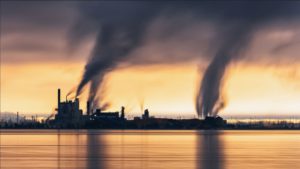
Chlorofluorocarbons (CFCs) – manmade halogenated paraffin hydrocarbons containing carbon – are able to rise high into the atmosphere, where they break down ozone molecules. The result is a serious decline in these levels, particularly over the North and South Poles – where the damage is described as ‘holes’ in the ozone layer.
With this shield compromised, less ultraviolet radiation is absorbed before it reaches the Earth’s surface. This radiation poses a direct threat to all life on Earth – just as it did in the Permian period.
It’s an issue that’s being taken seriously, with every country in the world committed to reducing the use of CFCS. And you’ll be pleased to hear that various studies over the last few decades have shown that the breakdown of the ozone layer is slowing. In fact, it appears to be healing itself – welcome news when you want to avoid becoming a footnote in ‘The Great Dying II, The Sequel’.
Words –
Hayley Cox
Images –
ChemistryEarth and Environmental Sciencesextinctiongeologyozonevolcano




